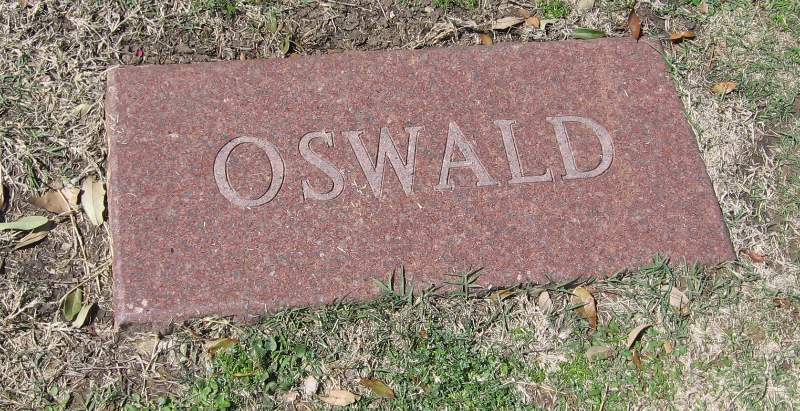The line between what’s historic and what isn’t is pretty fuzzy. Presidential gravesites, historic battlefields, landmark buildings – those are all squarely on the historic side of the line. But it can get tricky – Ronald Reagan had a boyhood home in Dixon, Illinois, which has become a historic site – but he also lived in a number of other towns as a kid. If the historic value is that a young President Reagan lived there, is one more historic than the others? What about a college dorm room? Could we eventually see the National Park Service declare a “President _____’s College Apartment” a historic site? “This is where he or she partied too hard one night,” the guide would say, and we’d never be able to look at the commander in chief the same way again.
Which brings me to this piece of recent news from Dallas:
Come week’s end, 600 Elsbeth will be no more. Finally.
That’s according to this morning’s letter from city of Dallas Senior Assistant City Attorney Andrew Gilbert, who says the city’s through messing around with the Oak Cliff apartment complex where Lee Harvey and Marina Oswald lived from November 1962 till March of ’63.
The owner of the building was fighting the city’s effort here, mostly because she considered it a private property issue, but also because of its historic value, which poses a complicated question: how much historic value is enough? The man who shot President Kennedy certainly made history, but how much of that rubs off on an apartment in which he last lived more than six months before the assassination? No one died there, nothing related to the assassination appears to have happened there… so is it a historic site or not?
I wonder about this issue because I’m trying to see as many sites related to presidents as I can for this project, albeit as a person with limited resources and a crowdsourced budget. I’d love to see everything, but in the end I will see the gravesites plus some key related sites with sufficient historic value that happen to be close enough to other sites I’m seeing. Will I go see President Taft’s extra-wide chair in California? Absolutely, but that’s because it’s close enough to Nixon’s and Reagan’s gravesites that seeing the chair doesn’t take me too far out of my way. Would I see it if it were, say, in Colorado, away from any of the project’s essential sites? Maybe not.
I do know this: if there had been a statue of a watermelon at this apartment building, especially one representing a president, I’d be there no question. The owners should’ve thought ahead.

